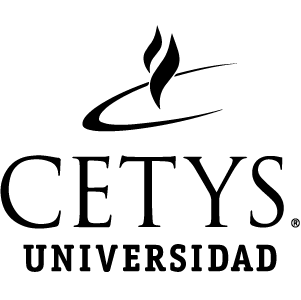https://repositorio.cetys.mx/handle/60000/945| Campo DC | Valor | Lengua/Idioma |
|---|---|---|
| dc.contributor.author | Chávez García, Dalia H. | - |
| dc.coverage.spatial | ON-Line | es_ES |
| dc.date.accessioned | 2021-02-05T01:34:01Z | - |
| dc.date.available | 2021-02-05T01:34:01Z | - |
| dc.date.issued | 2020-12 | - |
| dc.identifier.other | CONACYT | - |
| dc.identifier.uri | https://repositorio.cetys.mx/handle/60000/945 | - |
| dc.description.abstract | In the field of biomedicine, nanotechnology is providing new tools for imaging and diagnosis through the synthesis and tuning of new nanomaterials with unique physicochemical properties. Among others, luminescence upconversion nanoparticles (UCNPs) and downconversion nanoparticles (DCNPs) have been used as biolabels for fluorescence imaging. The UCNPs can absorb near-infrared photons and upconvert them into visible radiation. The purpose of this study is to present a nanotoxicological study of functionalized DCNPs/UCNPs with folic acid (FA) of Y2O3 codoped with Eu3+, Eu3+/ Bi3+ and Er 3+/Yb3+.These assessments include cytotoxicity, genotoxicity, hemocompatibility and in vitro inflammatory studies. They were synthesized by sol-gel method and coated with a thin silica shell to make them biocompatible; also they were functionalized with amino groups and FA ligands that bind to the folate receptors (FR) located on the surface of the cancer cells studied. This functionalization enables the NPs to be internalized into the cancer cells via endocytosis by the conjugation FA-FR. We demonstrated by flow cytometry and confocal microscope the internalization of FA-NPs in the cancer cells studied. The nanotoxicological assessments demonstrated that both nanoparticles (bare and functionalized) are no cytotoxic and no genotoxic at the tested concentrations (0.01 to 20 g/ml) in three cell lines (breast, skin cancer and osteoblasts). Also they are hemocompatible and do not exert nitric oxide production in vitro by macrophages. The FA-NPs were clearly localized into the cell cytoplasm with bright red luminescence. We can conclude that these nanoparticles are biocompatible and can be further used for cancer cells bioimaging. | es_ES |
| dc.language.iso | en_US | es_ES |
| dc.rights | Atribución-NoComercial-CompartirIgual 2.5 México | * |
| dc.rights.uri | http://creativecommons.org/licenses/by-nc-sa/2.5/mx/ | * |
| dc.subject | luminescence upconversion nanoparticles | es_ES |
| dc.subject | Bioimaging | es_ES |
| dc.subject | Cancer cells | es_ES |
| dc.title | Nanotoxicological assessment of functionalized rare earth nanoparticles for bioimaging of cancer cells | es_ES |
| dc.type | Presentation | es_ES |
| dc.contributor.aditional | Juárez-Moreno, Karla | - |
| dc.contributor.aditional | Barrera, Juan | - |
| dc.contributor.aditional | Padilla, E. | - |
| dc.contributor.aditional | Hirata, Gustavo A. | - |
| dc.description.url | https://colloids2020-elsevier.web.indrina.com/dailyprogramme/timeslot/5fbd2e1c917f864e162bac30 | es_ES |
| dc.subject.sede | Campus Ensenada | es_ES |
| Aparece en las colecciones: | Ponencias | |
Este ítem está protegido por copyright original |
Este ítem está sujeto a una licencia Creative Commons Licencia Creative Commons


